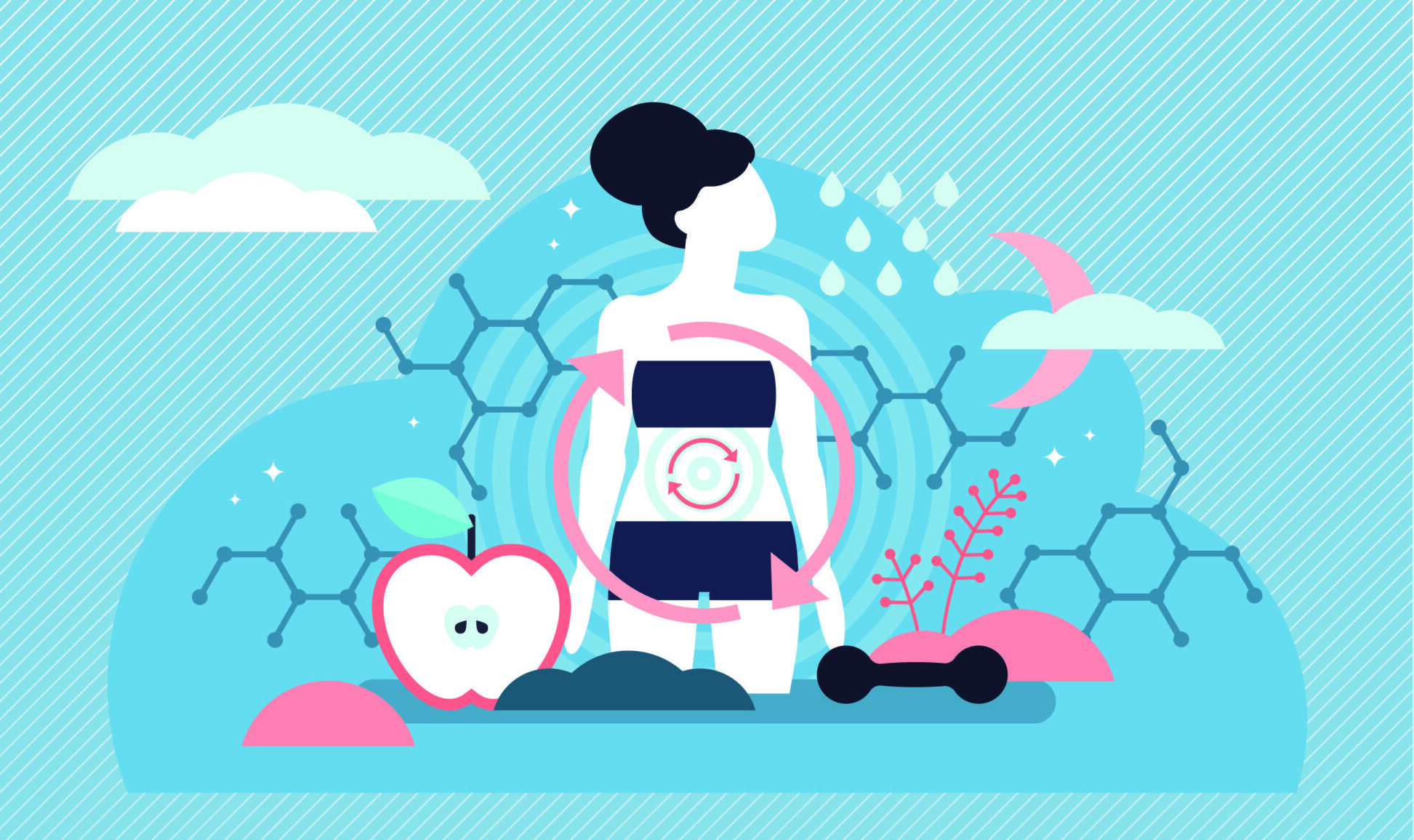What is the Keto Diet?
The keto diet is a meal plan that consists of up to 80 percent fat and little to no carbohydrates. Essentially one trains the body to burn fat for fuel as opposed to carbohydrates. The process by which the body burns fat for fuel is known as ketosis.
What are the purported benefits of a Ketogenic Diet?
In theory, there are many benefits of a ketogenic diet, which include but are not limited to: weight loss, decreased acne, lower bad (LDL) cholesterol, lower blood pressure, better insulin control, improved mental focus, increased energy, and normalized hunger. It may also improve epilepsy in children.
How to do it:
To reach ketosis, one should strive to limit their carbohydrate intake to less than 35 grams of total carbs per day. One must also restrict their protein intake, as too much protein can result in lower levels of ketosis. For weight loss purposes, one should eat approximately 0.7g protein per pound lean body mass per day. In addition, one should drink approx. one gallon of water per day and exercise 20-30 minutes per day.
What can I eat?
To reach ketosis, one should eat a diet rich in unprocessed meat, seafood, natural fat sauces, vegetables grown above ground as these have fewer carbohydrates, high-fat dairy, nuts and berries.
One will want to avoid foods full of sugar and starch such as: bananas, potatoes, pasta, bread, rice, beer, candy bars, doughnuts, soda and juice.
What can I drink?
One should primarily drink: water, coconut water, tea, coffee, some vegetable juice, some milk and the occasional glass of wine. One should avoid: soy milk, orange juice, soft drinks, energy drinks, smoothies, beer, vitamin water, sweetened coffee drinks, Kombucha, ice tea and milkshakes.
How to tell if you’re (in ketosis) doing it right:
Individuals who have purportedly reached ketosis have reported that while in a ketogenic state: the frequency at which they urinate increased, they developed dry mouth and bad breath, and they experienced a reduction in hunger levels and an increase in their level of energy.
What to expect at first:
In order to burn fat for fuel, one’s body must transition and create the proper enzymes. This transition period is known as “keto flu” because individuals have reported grogginess, nausea, and headaches for a period of one to two weeks.
Should you do it?
If your doctor gives you the green light, then sure, go for it. Be cautioned however, that although one may experience rapid weight loss while in a ketogenic state, they are likely to gain the majority of that weight back very quickly if they ever deviate from the keto diet, as much of the weight that is shed tends to be water weight. It can also be very difficult for one to consume proper nutrient levels while ingesting so many fats and so few carbohydrates. Therefore, to be prudent and safe, one may consider getting a dietitian involved.
Dangers/Side Effects
Common side effects of the keto diet include, but are not limited to: reduced physical performance, constipation, hair loss, indigestion, gallstones, heart palpitations, cramps and what has been termed the “keto rash.”
Is the Keto Diet sustainable in the long-term?
Most agree that the keto diet is best reserved for a short-term weight loss remedy and that it is impractical and perhaps entirely unsustainable over long period of time. As is true of many diets, what suits Hollywood stars in preparation for a film is not practical or sustainable by the average person.








Leave A Comment